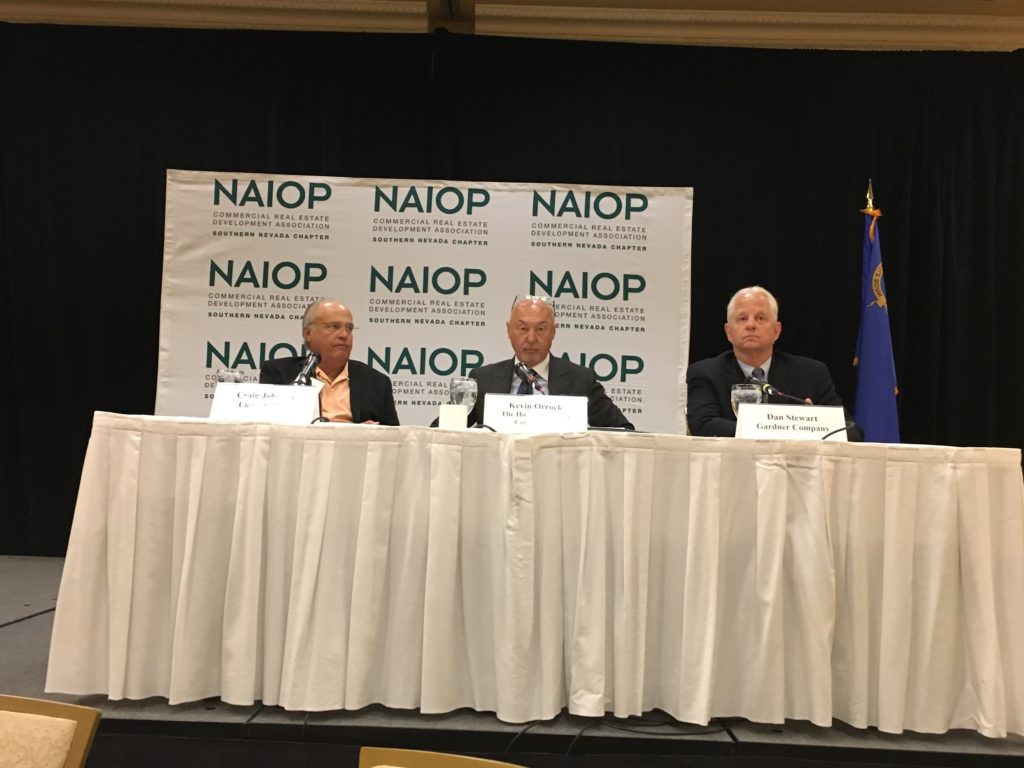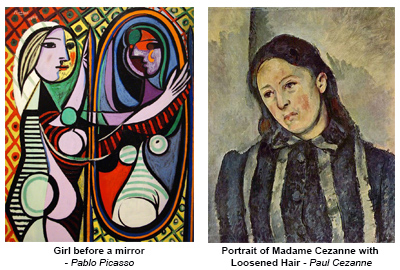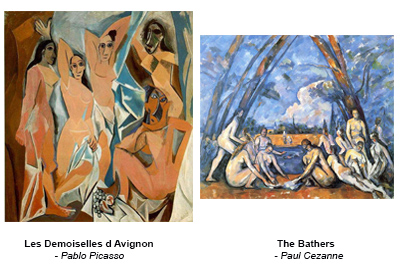One of the things I am committed to this year is capturing my Takeaways from the various events that I attend throughout the year and sharing them. Click here for Previous Takeaways.
Let me confess, I was a little less than inspired to get this one started. Not because of the content. Actually, I’m not sure that’s entirely true. Maybe it is the content. Because, to really unpack the 3 master-planned developments that I tie in below, would be an enormous amount of work. That is, if I want to do it right anyway. So let me start with another confession and I promise that we’ll get back to the NAIOP program that I am writing about in this Takeaways.
Here it is. The confession. I have become a podcast junkie. I love them! In fact, I talk about them every single time I get a chance to. For a list of the podcasts I listen to regularly send me an email. I’d be thrilled to share! The first podcast I really started listening to was Revisionist History by Malcom Gladwell (author of The Tipping Point and Outliers, two of my favorite books.) When I wanted to try and indoctrinate my wife into the world of podcasts, I played her Episode 7 from Season 1 – Hallelujah. The whole thing is 39 minutes. If you click on Play below, you can hear it right from the website. Well worth it!
It is titled Hallelujah after the Leonard Cohen song… made famous by Jeff Buckley’s cover… of John Cale’s cover… of the original… and only after Jeff Buckley died tragically which brought attention to his work. Well, he was actually assumed dead because he was never seen again after a “strange turn of events swimming in the Mississippi River.” But let me pause now and answer the question that just popped into your head. Where the heck is this going?!?! I’ll tell you.
In Revisionist History Malcom Gladwell “goes back and reinterprets something from the past: an event, a person, an idea. Something overlooked. Something misunderstood. Because sometimes the past deserves a second chance.” Episode 7 of Revisionist History isn’t just about the song Hallelujah. It is actually about genius, time and iteration, and the creative process. So here we go.

Thursday, June 15th NAIOP Southern Nevada brought in some heavy hitters for a heavy panel. Master Builders – Community Development One Brick at a Time. This breakfast program featured the visionaries/overseers/geniuses of 3 master-planned developments in Southern Nevada. And one magnificent moderator – Reed Gottesman.
Panelists
Craig Johnson – Master Developer of Union Village an Integrated Health Village where the traditional healthcare providers have merged to establish a complete continuum of care.
Kevin Orrock – Master Developer of Downtown Summerlin currently 1.6 million-square-feet of retail, dining and entertainment projects, including the practice facility for the Las Vegas Golden Knights.
Dan Stewart – Local point man for Gardner Company, Master Developer of UNLV Harry Reid Research and Technology Park a 122-acre, fully master planned business, research and technology community.
- How did these three master planned developments get imagined?
- Are they the same now as when they were first imagined, or will they be the same, when they are finally completed?
- What does any of this have to do with Pablo Picasso or Paul Cezanne?

Let’s start at the beginning. Genius. How did these projects, these master projects, come to be?
In 1952 Howard Hughes paid $75,000 for a 25,000 acre parcel to possibly relocate part of his California operation. No different than California companies relocating here today I suppose. In any event, he decided not to relocate. So the land sat until 1988. That’s 3 decades!! Why 1988? Oh man, this gets fascinating. Hughes died in 1976. He didn’t have a will. Can you imagine? It took almost 13 years to resolve the estate issues. If you think that is remarkable. Wait until you hear what happens next?
Young Kevin Orrock graduates from university in Ohio around 1972-1973. There is a severe national recession from ‘73 thru ’75 – oil crisis, stock market crash, stagflation, and rising unemployment. Sounds ugly. What does Kevin do? Comes to Vegas, lands a job in the accounting department at the Desert Inn with Summa Corporation (eventually renamed to The Howard Hughes Corporation) and never looks back. The Howard Hughes Corporation of today was spun off by GGP in 2010. It is now in 18 states with 50 million square feet of mixed use entitlements, and is currently a horizontal and vertical developer. Kevin, is the President of Summerlin.
The story of these next two men are much less public. But let me see what I can do.
Craig Johnson is from Southern California. He went to school in Chicago and got into the banking and technology industries. When he went into development, he “lost his shirt”. You know I’m not sure why, but when he said this, the crowd let out a collective chuckle. So did Craig. It wasn’t a judgmental chuckle. More like an I’ve been there chuckle. But I digress. Craig then finds himself serving two masters – trying to operate a hospital and a senior living facility. I need to mention his partner, David Baker. Clicking on the David link is worth a 2 minute peruse. But I’m going to stay focused on Craig here and what he did next? He chose to focus on senior living. That was 30 years ago. Somewhere along the way, he and David bought an arena football league team that was located in the City of Las Vegas and moved it to Anaheim. That didn’t last very long. Then Craig told us a little story.
The inspiration, or genius, of Union Village may have come from another very well known genius. Arguably, the most well-known genius, who was also a Master Developer. Walt Disney. As the story went, Craig and David asked themselves, “if we were to retire would we live in one of our senior living homes? No. We would do what Walt did – live at Disneyland on Main Street over the fire station.” There it was. The inspiration to master plan an integrated health and wellness village.
I suppose for this next story we have to go back to 1847 when the ancestors of Kem C. Gardner arrived in Salt Lake City. Maybe we don’t have to go that far back. How about we just go back to 2005 when approximately 122 acres of land bounded by Sunset Road, Durango Drive, Patrick Lane and Cimarron Road were deeded from Clark County Nevada to the UNLV Research Foundation. And how exactly did Clark County get this parcel on its books? It received the title from the United States Government (BLM) in 2002 with a little influence from Harry Reid. Fast forward to 2016… UNLV announces Gardner Company has been selected through an RFP process as the Master Developer of the park. Kem is super busy in Salt Lake being a Giant… enter Dan Stewart… eh-hem excuse me… Councilman Stewart!
The Gardner Company’s specialty is developing research parks. If you check them out, you will see that they are a good fit for this project, because they’ve been at this specifically for 30 + years. And so far, the first 2 decisions they made were good ones. 1. Selecting a local like Dan to be their guy on the ground, and 2. commit to using local service providers. Thumbs up all around! Not to be critical, but maybe UNLV should have considered the same 2 things when they set out to redesign the school logo. But let’s leave that for another post. 
Now, I don’t really need to elaborate on time and iteration at this point. What I mean, is that it is woven so intricately in the essence of each of these developments and their geniuses’ stories. What is so interesting, however, is how much time and iteration had to occur before any of them arrived at their current masterpiece. Well, except for Kevin. Kevin is Picasso. And Craig…? Craig is Cezanne. Let me explain. (But first I have to say that I can’t exactly comment on Dan for this next part. Because the project hasn’t really started yet. So he is going to have to sit the rest of this out.)
Around the 13 minute mark in the podcast, Gladwell introduces a theory about creativity by David Galenson, an economics professor at the University of Chicago. He is Harvard educated. And an art lover. Galenson divides artists/geniuses into two categories.
- Conceptual Innovators:make radical innovations in their field at a very early age. They plan precisely and then execute.
Scott Fitzgerald wrote The Great Gatsby at 29.
Orson Welles made Citizen Kane at 26.
Pablo Picasso painted Les Demoiselles d’Avignon at 26.
- Experimental Innovators:develop slowly, over a long period of experimentation and refinement, doing their more important work later in their careers.
Mark Twain, who wrote Adventures of Huckleberry Finn at 50.
Alfred Hitchcock, who made Vertigo at 59.
Paul Cezanne painted The Bathers at +/-60.

There it is. The bit about the creative process. Now, how does it all tie in together? Let’s explore.
He bursts onto the scene in his early 20’s. Plans precisely how 22,000 acres will be developed and then executes to the last detail (including quality of construction and colors); details that happen to survive through 4 different owners. Kevin is Picasso.
On the other hand… he spends 30 years experimenting and refining in senior care facilities and hospital operations. Toward the end of his career, he envisions an integrated healthcare village, and develops it. Craig is Cezanne.
Except, when I think about it, there is such an irony with the two types of creatives as it relates to development. The development game makes it almost impossible to be Picasso, because you need the experience, the time and iteration. On the other hand being Cezanne is also not feasible. I mean, who has that kind of time for a project? And I don’t know that any lender today would extend the canvass for that type of expression.
But here is what I do know. That our city is better for having the brush strokes of these men covering the landscapes of lifestyle, healthcare, and higher education. And selfishly, because I happen to live walking distance to Downtown Summerlin, I personally cannot wait to see how the rest of Kevin’s masterpiece develops.
